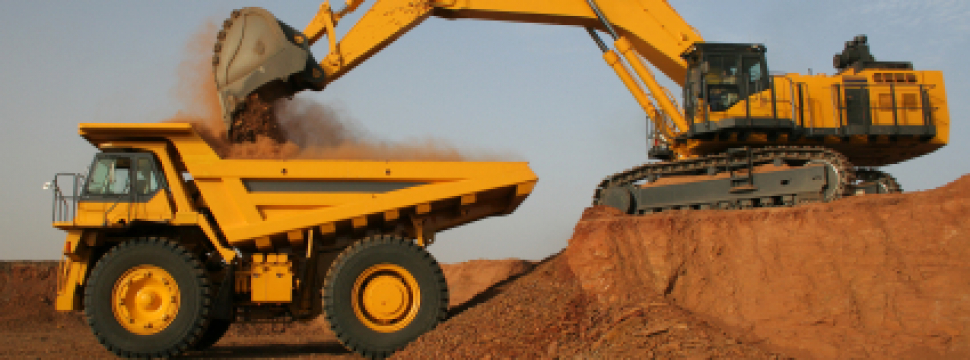Blog Details
8
Nov
Have you considered second hand?
By James Peters /Asset Finance
The cost of investing in new equipment can sometimes keep a small business from reaching its full potential. Many small business owners find themselves caught in a dilemma: they cannot grow their business unless they upgrade their equipment, but they cannot upgrade their equipment because business is stagnant.
If that is the case, there is the option of purchasing second-hand equipment for your business. There are many misconceptions about purchasing used equipment. Here are some important points to consider when looking for second-hand equipment:






